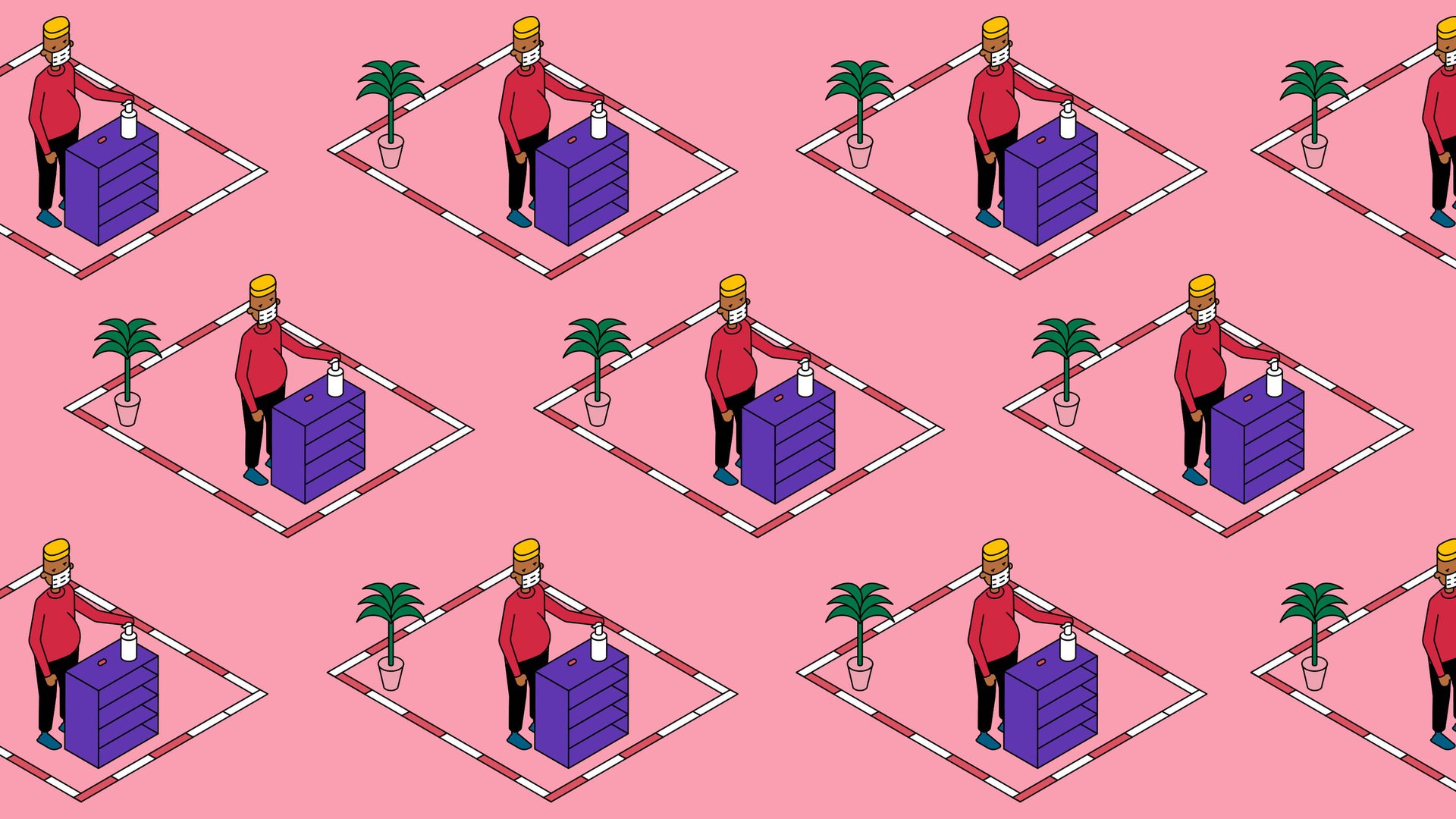Offices aren’t disappearing, but they’ll never be the same again
Covid-19 has changed our concept of the office so drastically that if and when we do return, it might be to a workplace that’s changed forever. Here’s the TLDR to our field guide on reimagining the office.


💡The Big Idea
Covid-19 has changed our concept of the office so drastically that if and when we do return, it might be to a workplace that’s changed forever. Here’s the TLDR to our field guide on reimagining the office.
🤔Here’s Why
1️⃣ Our addiction to the office was already problematic.
2️⃣ Covid-19 has accelerated the trend toward more flexible, humane work arrangements.
3️⃣ Many people miss the office and its culture more than they thought they would.
4️⃣ Employers will have to answer specific questions and make thoughtful design choices if they want staff to return.
5️⃣ If and when we do go back, it’ll likely be in search of different things.
📝 The Details
1️⃣ Our addiction to the office was already problematic.
Showing up to the office used to be imperative, not because it was more productive or healthier, but because employers treated presenteeism as the main “proof” that we were working. Sometimes that demand for face time was policed by companies unwilling to allow for home-working. Sometimes it was cultural: We felt watched by and responsible to our colleagues, even if they were never in fact judging us. Overall, offices and commuting haven’t been great for our physical or mental health, and haven’t provided for good work/life balance.
2️⃣ Covid-19 has accelerated the trend toward more flexible, humane work arrangements.
Even before the coronavirus pandemic, younger workers who had grown up with the internet and mobile technology clamored for a flexibility which seemed to them inevitable. Parents nudged resistant bosses in an attempt to make life more streamlined and the non-work parts of it—like picking up kids from school—more manageable.
If sudden national lockdowns proved anything to the business world, it’s that mass remote work is more possible than many ever dreamed. Perhaps there’s a better future in store, one in which companies are galvanized to truly change the way they judge staff output. Maybe when we choose to go back to the office it will be on new and much more flexible terms, and with renewed appreciation for the unique things it has to offer.
3️⃣ Many people miss the office and its culture more than they thought they would.
The new prevalence of remote work is in line with a desire many workers had already expressed, to be less tied to offices that were often located in city centers, a long commute from people’s homes. Managers can successfully oversee employees working from home if they are flexible, communicate frequently, and pay close attention to individual circumstances and how they measure productivity.
But as the dust begins to settle, many also say they miss the office. “I have this concern… that there’s this decay rate in culture that occurs as we’re fully remote for an extended period of time,” says Rob Falzon, vice chair of Prudential Financial. The company’s 22,000 employees moved quickly to become largely remote in early March. To help deal with the stress, the company introduced enhanced benefits including counseling, and increased access to managers and to health professionals. But trying to keep people healthy and happy is only part of the picture, Falzon believes. “The benefit of being together in the workplace is around how relationships get formed, and informal interactions that occur that reinforce culture and build culture.”
4️⃣ Employers will have to answer specific questions and make thoughtful design choices if they want staff to return.
The grand experiment that sent knowledge workers home to toil from their living rooms is moving into a new phase, as the world waits for an effective vaccine and braces for expected waves of widespread outbreaks. Many employees are asking whether it is safe to go back to work. There are simply too many factors for anyone to offer certainty. But there are other questions worth thinking through, such as why we’re going back in the first place, and how healthy our buildings are.
To reopen an office during a pandemic, companies must not only make facilities safe for occupancy, but also convince employees that they actually are. Seven months into the pandemic, experts argue that the clunky, half-baked office design prototypes from months ago will no longer suffice. Design solutions must not only effectively contain the spread of the virus, but also make going to back to work a pleasant, even beautiful experience.
5️⃣ If and when we do go back, it’ll likely be in search of different things.
Covid-19 could spell the end of presenteeism—the pressure to come into the office even when it’s not in anyone’s interest—and good riddance. It might make offices more sterile, forbidding, and stressful, at least in the short term. But it could also help us focus on the real reasons to go to work: collaboration and a true appreciation of our colleagues. And if the more humane practices that some companies have been forced to instate—which recognize their workers as whole humans with complex lives—stick, we might go back to kinder, more generous workplaces.